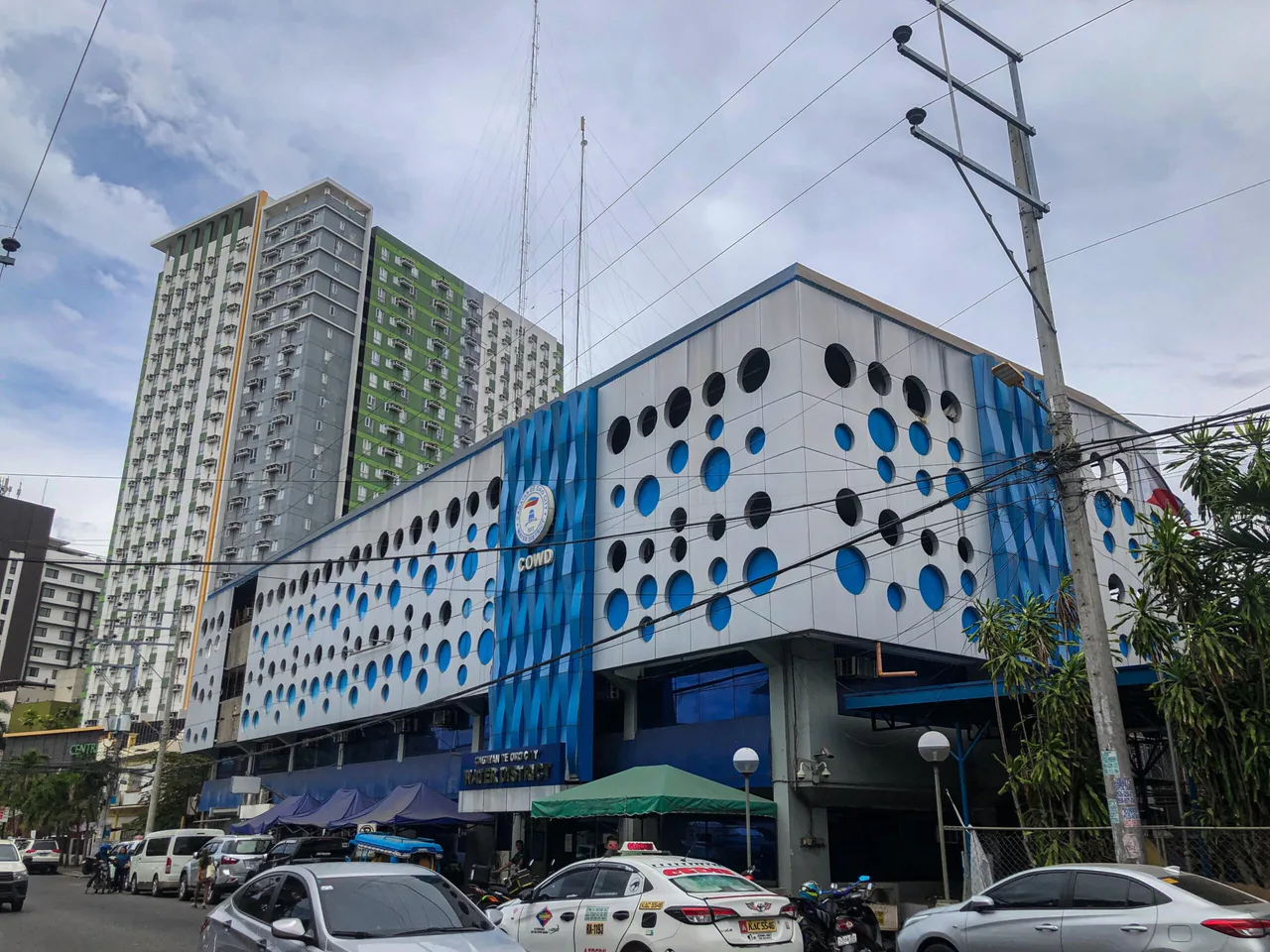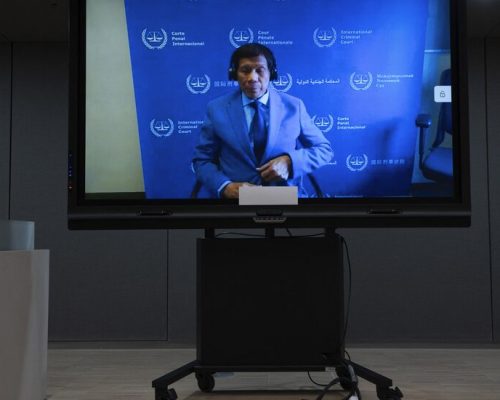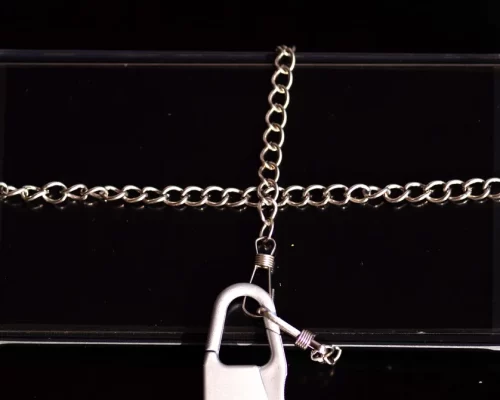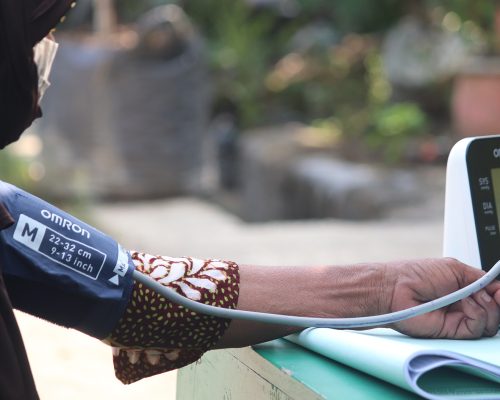Research firm Capstone-Intel Corporation has raised concerns over the recent results of the Programme for International Student Assessment (PISA) test, which ranked Filipino students among the bottom five in creative thinking. The firm emphasized that these results should serve as a basis to improve the education system to ensure graduates are globally competitive.
From June 18 to 25, Capstone-Intel conducted sentiment analysis on publicly available Facebook pages. The analysis revealed that the ‘Sad’ reaction dominated at 46.9%, followed by ‘Haha’ at 24.4% and ‘Like’ at 23.1%. The report covered up to two petabytes of available Facebook data.
“These reactions from Filipinos on social media provide valuable insights into the public sentiment regarding the PISA test results in creative thinking,” said Ella Kristina Coronel, research director at Capstone-Intel Corporation. She added that developing creative thinking is now more complex due to massive digital acceleration, AI, and social media.
The PISA creative thinking test assessed the capacity of students from 81 countries to generate original and diverse ideas in simple imagination tasks or everyday problem-solving situations. Students from Singapore, Korea, Canada, Australia, New Zealand, Estonia, and Finland scored highest in creative thinking. Conversely, Albania, the Philippines, Uzbekistan, Morocco, and the Dominican Republic were the lowest-performing countries.
Coronel noted that the Organisation for Economic Co-operation and Development (OECD) report, which includes these PISA results, dominated public discussions on Facebook with up to 104 daily posts during the analysis period. There were 359 posts on PISA, generating 32,232 comments, 50,127 shares, and a total of 128,514 reactions, resulting in an engagement score of 66,201.6.
The OECD report highlighted that effective classroom pedagogies are critical for developing students’ creativity. Students who scored high in the PISA tests reported that their teachers encouraged them to come up with original answers and allowed them to express ideas in school. Additionally, active participation in school activities such as art, drama, creative writing, or programming classes at least once a week is associated with better performance in creative thinking.
“We have to take the PISA results as one of the metrics in evaluating and elevating our standards because creativity cannot be replaced; it is innate among individuals,” Coronel said. She stressed that developing students’ creativity is a responsibility shared by parents, communities, and schools, adding: “It takes a village to raise a creative child.”
The Programme for International Student Assessment (PISA) assesses the knowledge and skills of 15-year-old students in mathematics, reading, and science, exploring how well students can solve complex problems, think critically, and communicate effectively. The Philippines participated in PISA for the first time in 2018. By comparing results internationally, policymakers and educators in the Philippines can learn from other countries’ policies and practices.
In the latest PISA test on creative thinking, only 3% of 15-year-old Filipino students matched the average creative thinking skills of students in top-ranked Singapore, highlighting significant deficiencies in the creative thinking abilities of Filipino students.
From June 18 to 25, Capstone-Intel conducted a social media scan of publicly available Facebook pages, covering up to two petabytes of data. The analysis identified 359 posts on PISA with 32,232 comments, 50,127 shares, and a total of 128,514 reactions, yielding an engagement score of 66,201.6.
The PISA topic received significant engagement on social media, with ‘Sad’ reactions leading at 46.9%, followed by ‘Haha’ at 24.4%, ‘Like’ at 23.1%, ‘Love’ at 4.3%, ‘Wow’ at 1.1%, and ‘Angry’ at 0.2%. These reactions provide valuable insights into public sentiment regarding PISA during that period.
The highest ‘Sad’ count was from a post by Philstar.com, garnering 21,304 ‘Sad’ reactions with an engagement score of 27,145.9. The post highlighted that the Philippines ranked among the bottom four in the latest PISA test on creative thinking, with only 3% of 15-year-old Filipino students matching the average creative thinking skills of students in top-ranked Singapore.
Between June 19 and June 22, 2024, the top five Facebook posts discussing the Philippines’ performance in the PISA creative thinking assessment attracted significant engagement. Philstar.com’s June 19, 2024, post had the highest engagement score of 27,145.9, highlighting the low percentage of Filipino students matching Singapore’s creative skills. Other notable posts included Rappler’s and GMA News’ reports, which also emphasized the deficiencies in Filipino students’ creative thinking abilities.
The PISA assessment measures students’ capacity to generate, evaluate, and improve ideas in four areas: creative writing, visual expression, scientific problem-solving, and social problem-solving. This provides governments with data to help students and young people reach their full potential in our changing economies and societies.
Based on the 2022 PISA results, the Philippines ranked sixth lowest among the 81 participating countries and economies, with Filipino learners continuing to lag in reading, math, and science.
****
For more information and interview opportunities regarding surveys, you may contact Capstone-Intel’s Research and Publications Director, Ella Kristina Domingo-Coronel at 09565711298.
Capstone-Intel is a high-impact research company that uses innovative research technologies, tools, and methods to convert data and information into breakthrough insights and actionable intelligence outputs. It is committed to helping its clients solve problems, find solutions, grow markets and constituencies, build reputations, navigate risks, manage crises, and be the country’s leading private research and intelligence agency.



























